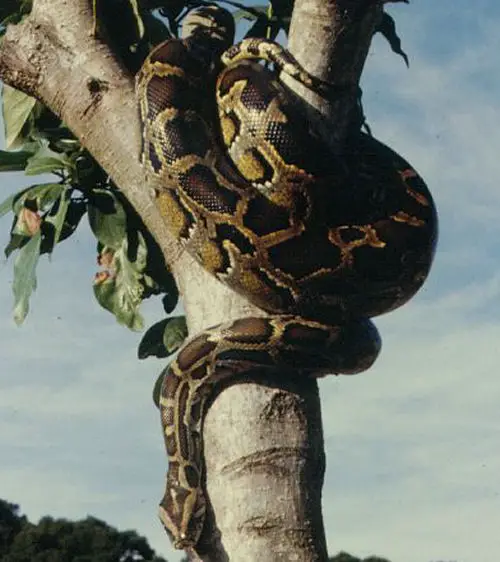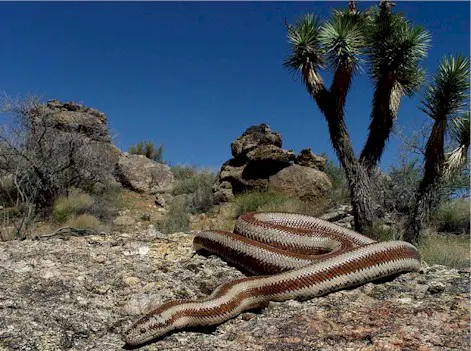Carolina Anole
Green Anoles are native to North America and some Caribbean Islands.
Their name is deceptive in that they are not always green but can be green or brown and sometimes other colors as well, depending on the mood, time of day or their surroundings.
Males and Female Anoles look a great deal alike. As the anoles age and get older they will shed their skins very much like snakes do. They will have a brighter green or brown ring around their eyes the more often they shed.

Carolina Anole
Anoles can lose their tails when they are grasped, and it lies twitching, which distracts the predator and they may safely get out of harms way.
The missing tail will grow back but as they regenerate they are not as functional as the original one was.
Anoles have another distinct characteristic that is unique to them. They have eyes which move separated, and may look in two directions at one time.
Anoles are native to North America, specifically the United States and are most readily found on the coast, near North Carolina and Florida, but also went into Texas.
The Anole is a very popular pet in America, but will only very rarely breed when captive so most of those which are sold in pet stores are captured from the wild.

Carolina Anole
Anoles usually breed from April until August. The most brilliant colors also appear during these times, as well as other elaborate types of courting.
The males, which have a very brightly colored under throat, or dewlap, will display it for the females while bobbing up and down consistently, the female will run from the male, tempting him to pursue.
After mating there is a two to four week time before the female will lay her nest of eggs, called a clutch, which usually has just one or two eggs.
She will lay eggs continuously until she has about ten eggs total. The eggs are left by themselves and if the sun hatches them they will hatch in about 40 days.
Mother gives them no care at all, nor does she return to the nest. The little anoles must fend completely for themselves hunting and protecting themselves as they can.
Find out more about the Carolina Anole over at Wikipedia »



we found a brown and green and its about this long and we dont see the line thing under his face but we think its a green anole and it doesnt have any kind of bright color under his chin so what do we do